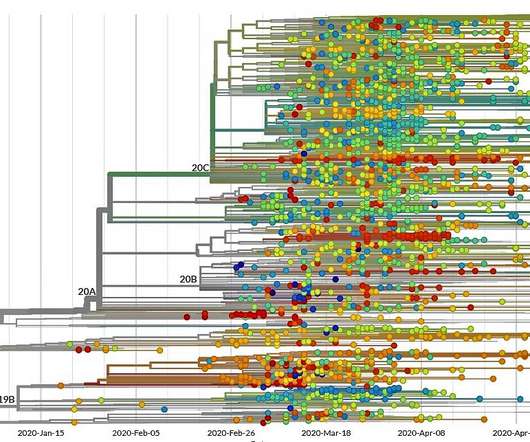Amid COVID-19 pandemic, experts lay out 10-point plan for a genomic revolution in public health
GeekWire
JUNE 11, 2020
” Another challenge relates to the software that’s been created to analyze genomic data for epidemiological purposes. Strengthen application programming interfaces. Develop guidelines for management and stewardship of genomic data. Make bioinformatics pipelines fully open-sources and broadly accessible.














Let's personalize your content